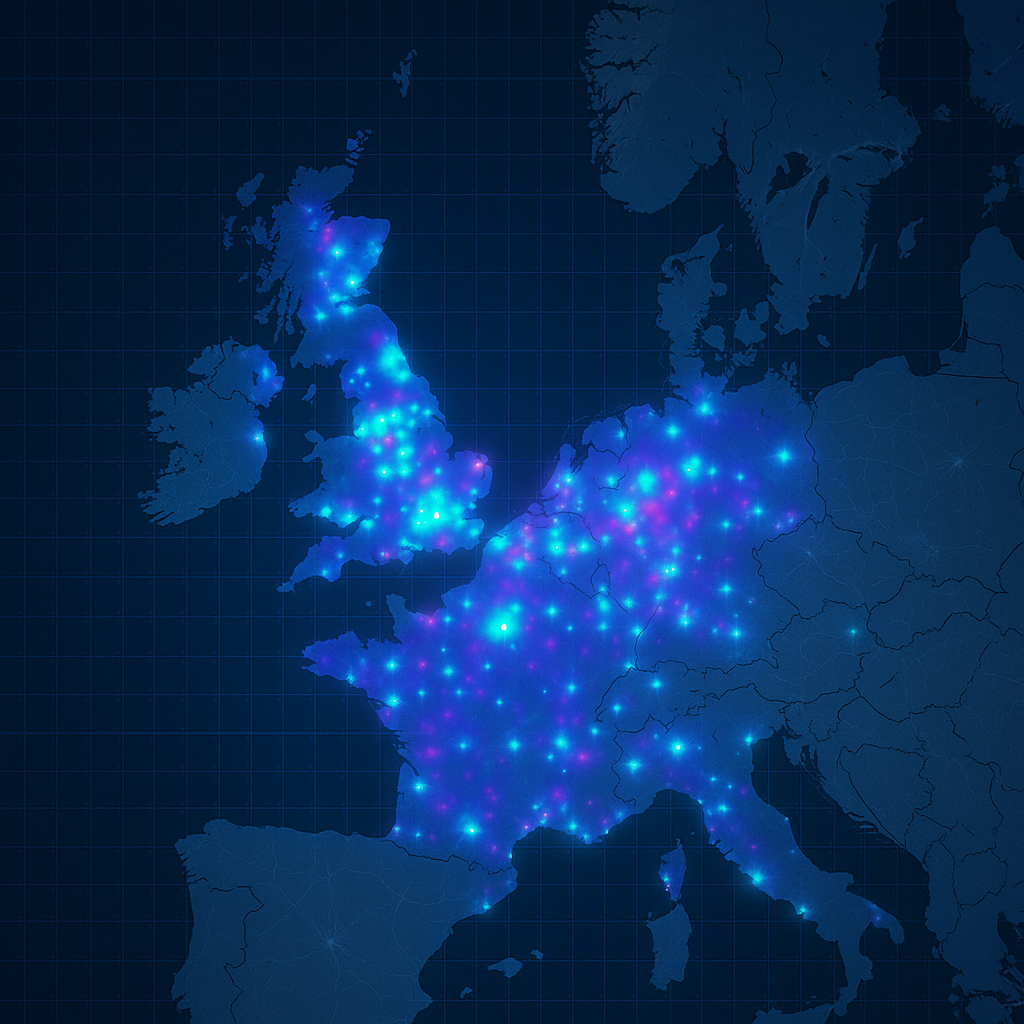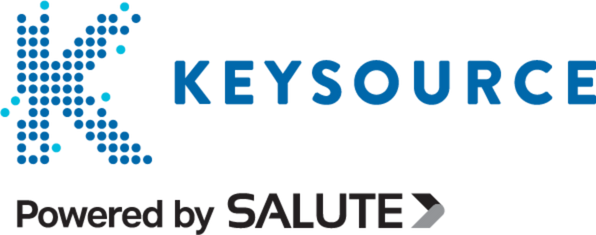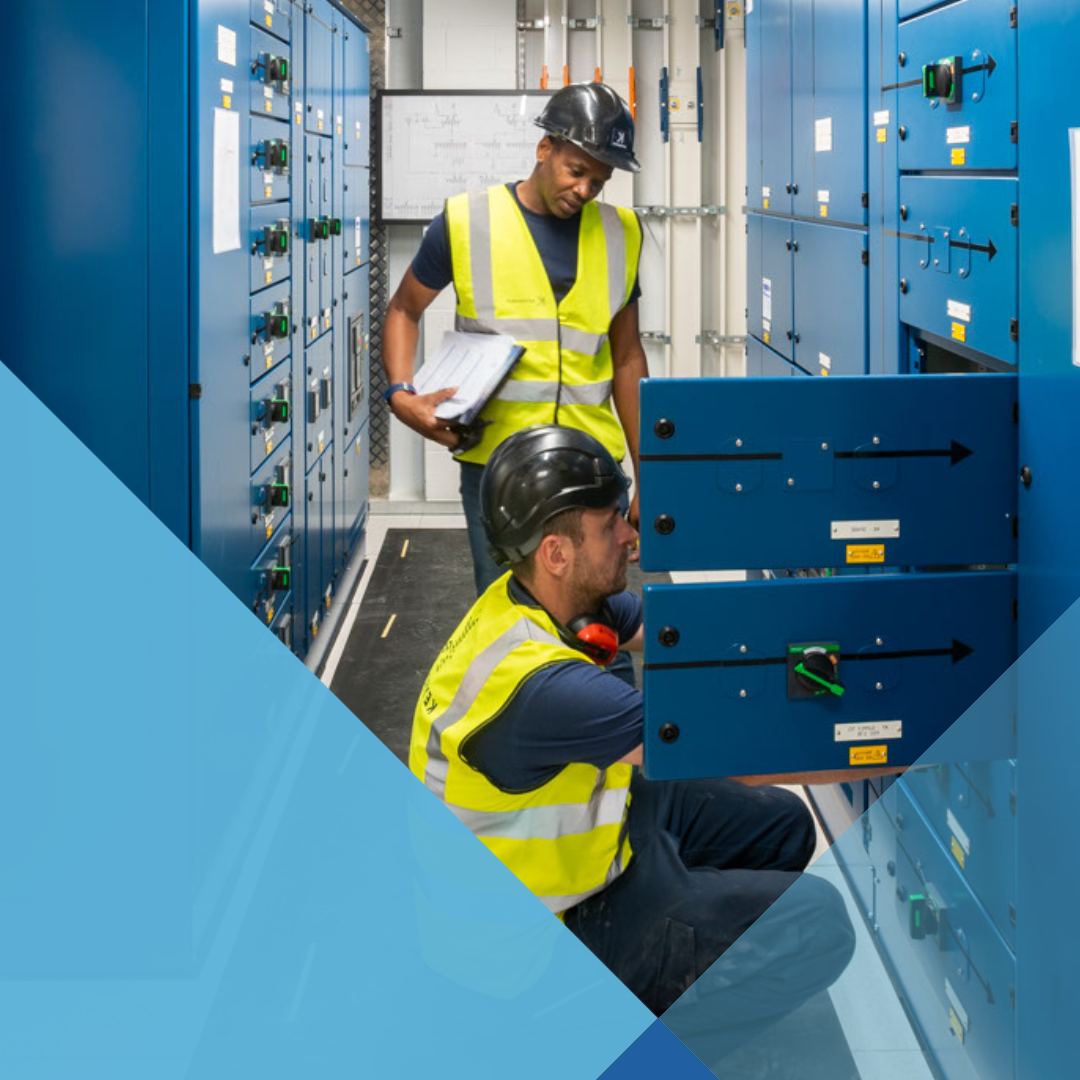
Across the UK and Europe, thousands of data centres are quietly reaching their expiry date.
They may still be running – but behind the scenes, costs are rising, risk is climbing, and performance is slowly degrading. Power inefficiencies. Cooling challenges. Fragile legacy systems. All too familiar, and increasingly unsustainable.
The truth is, patching and hoping isn’t a strategy. It’s a liability.
So why do so many businesses delay the inevitable?

The Problem with Aging Infrastructure Isn’t Just Technical. It’s Strategic.
- Escalating operational costs from inefficient systems.
- Increased risk of downtime due to hardware or system failure.
- Limited scalability for new workloads and digital transformation.
- Poor ESG performance, threatening both reputation and investment.
Why Most Organisations Delay and Why They Shouldn’t
- Risk reduction
- Capex vs. opex efficiency
- Sustainability uplift
- Asset value improvement
At Garmin’s UK HQ, we replaced legacy cooling infrastructure and increased capacity through modular upgrades – all without disruption to operations. And at Datum’s flagship Farnborough site, we’ve supported a decade-long transformation, culminating in a new £7M data hall expansion delivered without downtime.
Modernisation Doesn’t Have to Mean Disruption
We understand. Many of the facilities we assess are mission-critical. That’s why we specialise in zero-downtime modernisation, applying smart design, phasing, and temporary infrastructure strategies to keep your estate running – while we upgrade it behind the scenes.
We’re not just designers or builders. We’re lifecycle specialists.
Real-World Transformations
We’ve helped organisations across sectors unlock the full value of their infrastructure through live, strategic upgrades:
Garmin UK HQ – Replaced 2006-era cooling and increased capacity without business interruption.
Datum, Farnborough – Delivered a multi-phase lifecycle transformation – most recently a £7M expansion with lithium-ion UPS and HVO generators.













